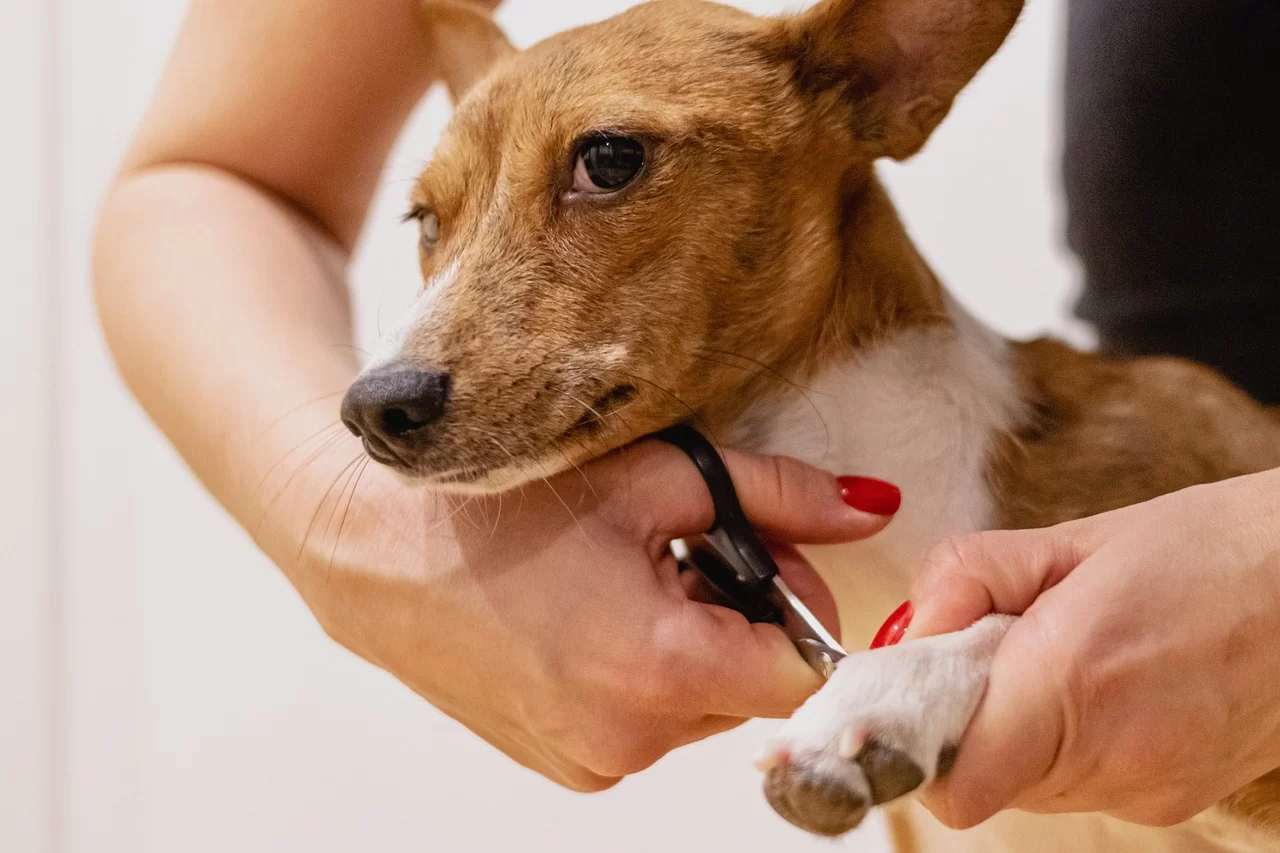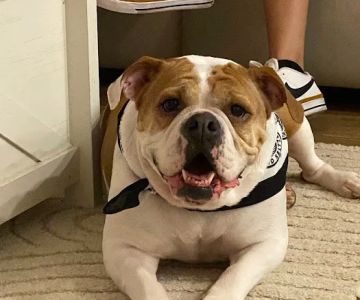Nail Trimming Services for Pets: Keep Your Pet's Paws Healthy and Happy
- Why Nail Trimming Matters for Pets
- Dangers of Neglecting Nail Trimming
- When to Trim Your Pet's Nails
- How to Safely Trim Your Pet's Nails
- Why Choose Hidden Brook Veterinary for Nail Trimming Services
Why Nail Trimming Matters for Pets
Regular nail trimming is an essential part of your pet's grooming routine. While it may seem like a minor task, keeping your pet's nails trimmed is crucial for their overall health. Overgrown nails can cause discomfort, limit mobility, and even lead to long-term health issues. Whether you're caring for a dog or a cat, nail trimming should be done regularly to prevent unnecessary pain and ensure your pet's comfort.
Dangers of Neglecting Nail Trimming
Injuries and Pain
If your pet’s nails grow too long, they can curl and dig into the paw pads, causing pain and potential infection. In some cases, nails that are too long may also crack or break, leading to bleeding and further injury. This is especially common in pets that are not regularly active or those that live on soft surfaces that don't naturally wear down their nails.
Posture and Mobility Issues
Long nails can affect your pet’s posture and gait, leading to joint pain or muscle strain. For dogs, walking with overgrown nails can alter the natural stance, which might put unnecessary pressure on their legs and hips. This is a serious concern, especially for older pets or those with existing joint issues.
Behavioral Problems
Pets with painful or uncomfortable nails may start to exhibit behavioral changes. They may become more irritable, shy away from activities that require movement, or even start chewing or licking their paws to alleviate discomfort. Keeping their nails in check is a simple way to avoid these behavior shifts.
When to Trim Your Pet's Nails
Signs Your Pet Needs a Nail Trim
It's easy to tell when your pet's nails need trimming. If you hear a clicking sound when they walk on hard surfaces, it’s time for a trim. Additionally, if their nails are visibly curling, cracking, or digging into the paw pads, they’re definitely overdue for grooming. Pets with long nails may also begin to drag their paws or limp slightly, indicating discomfort.
Frequency of Nail Trimming
The frequency of nail trims depends on the pet's activity level and environment. Active pets that walk on rough surfaces may naturally wear down their nails, requiring less frequent trims. On the other hand, indoor pets or older pets with reduced mobility may need trims every 3-4 weeks to maintain healthy nails.
How to Safely Trim Your Pet's Nails
DIY vs. Professional Grooming
While many pet owners choose to trim their pet's nails at home, it can be tricky, especially if your pet is squirmy or anxious. It's important to avoid cutting into the quick (the pink area of the nail), which can cause bleeding and pain. If you’re not comfortable trimming your pet's nails on your own, seeking professional grooming services is a great alternative.
Professional Nail Trimming Services
At Hidden Brook Veterinary, our professional groomers are skilled in nail trimming for both dogs and cats. We use gentle, safe methods to trim your pet’s nails without causing distress. We also monitor your pet's paw health, looking for signs of infections or injuries that may need attention. Professional trimming ensures that your pet’s nails are trimmed properly, and it’s a great option for pets that are nervous about at-home grooming.












